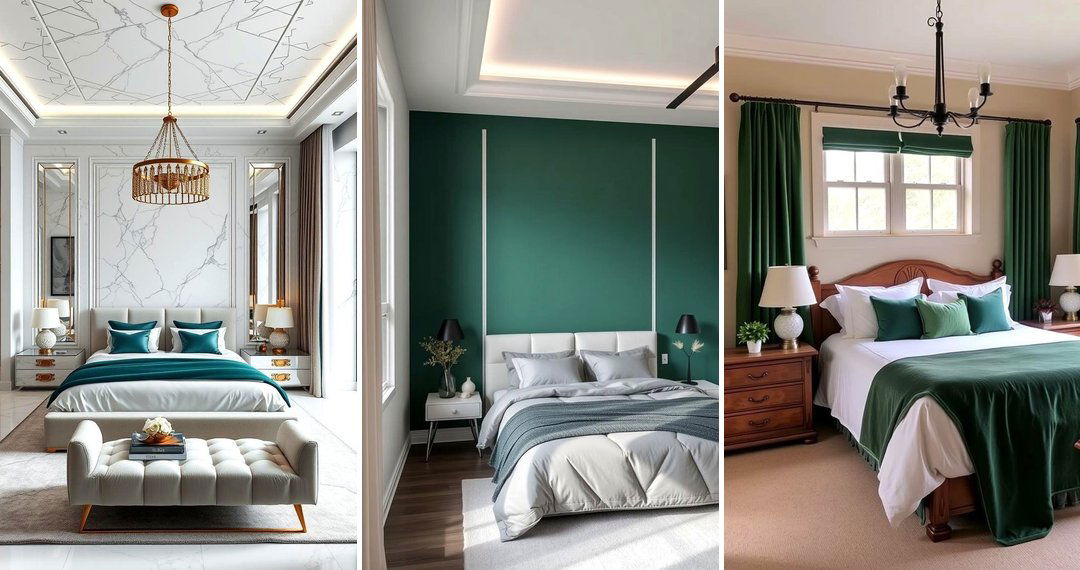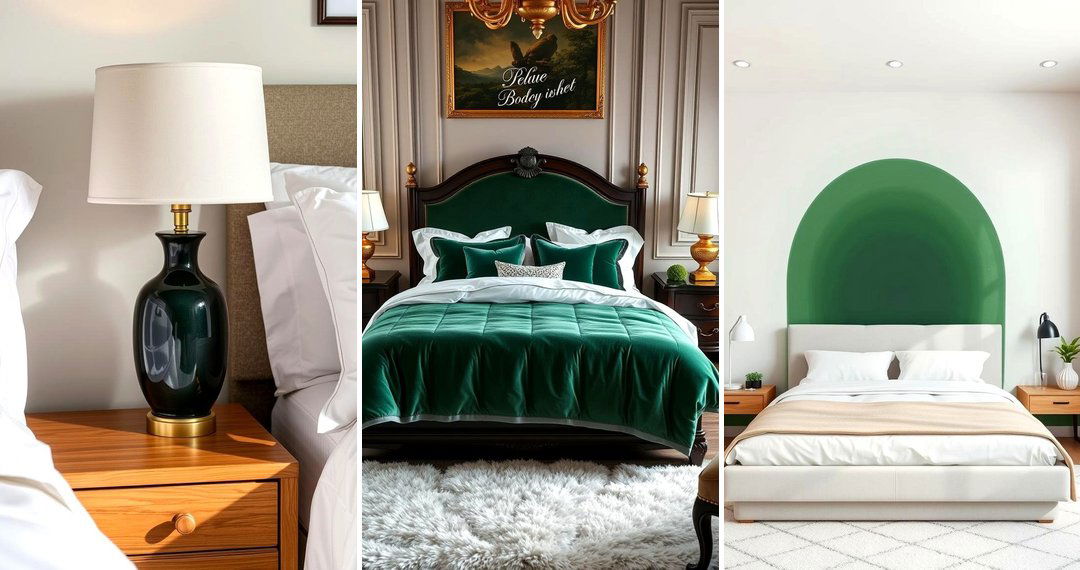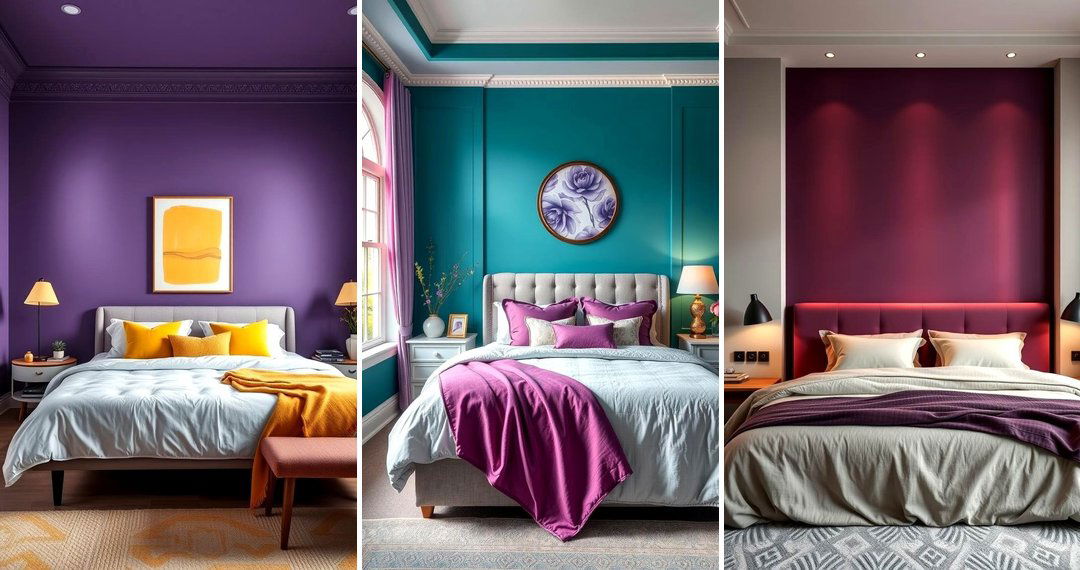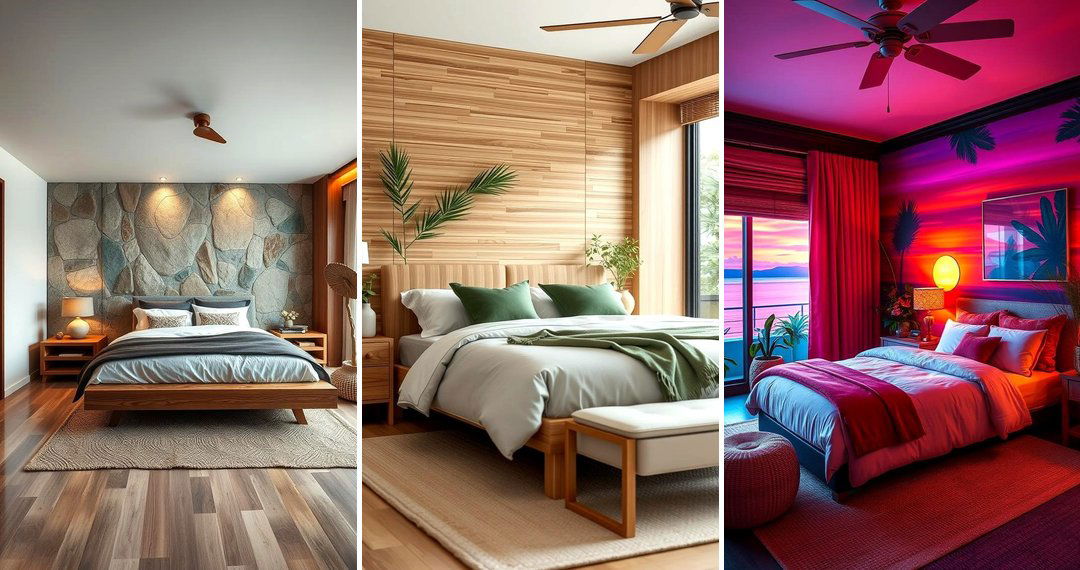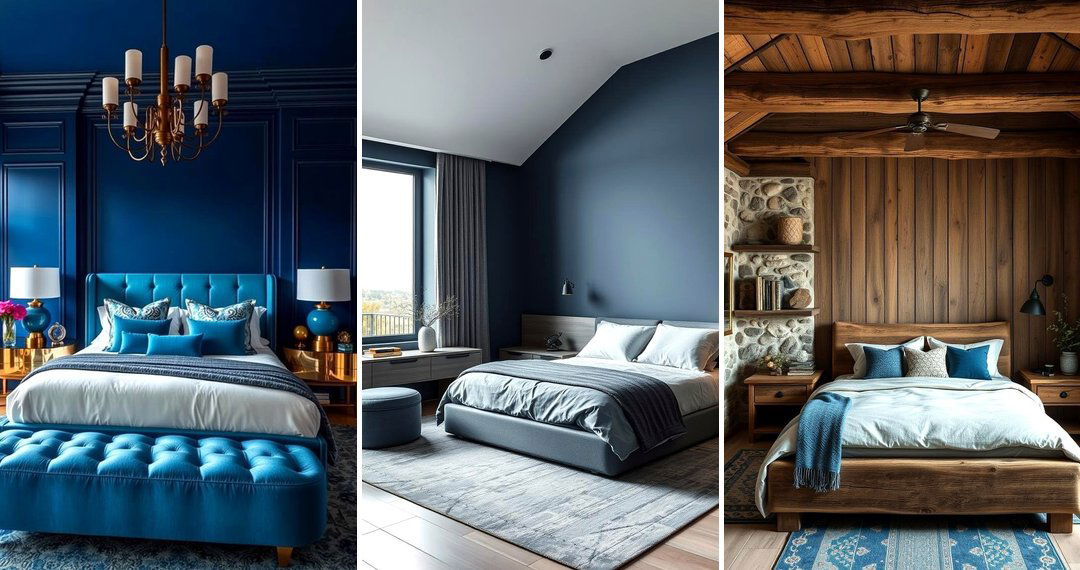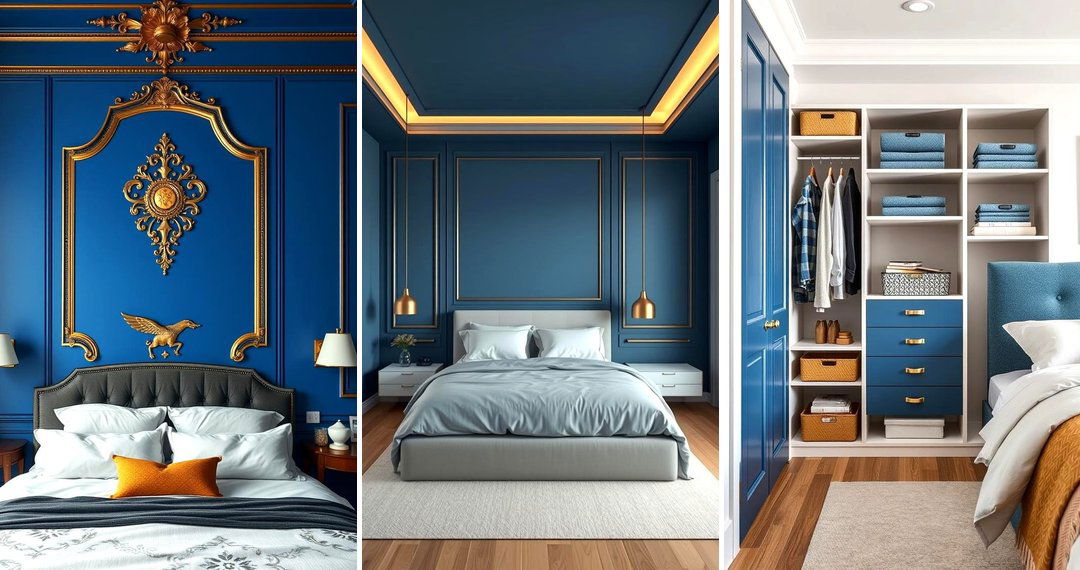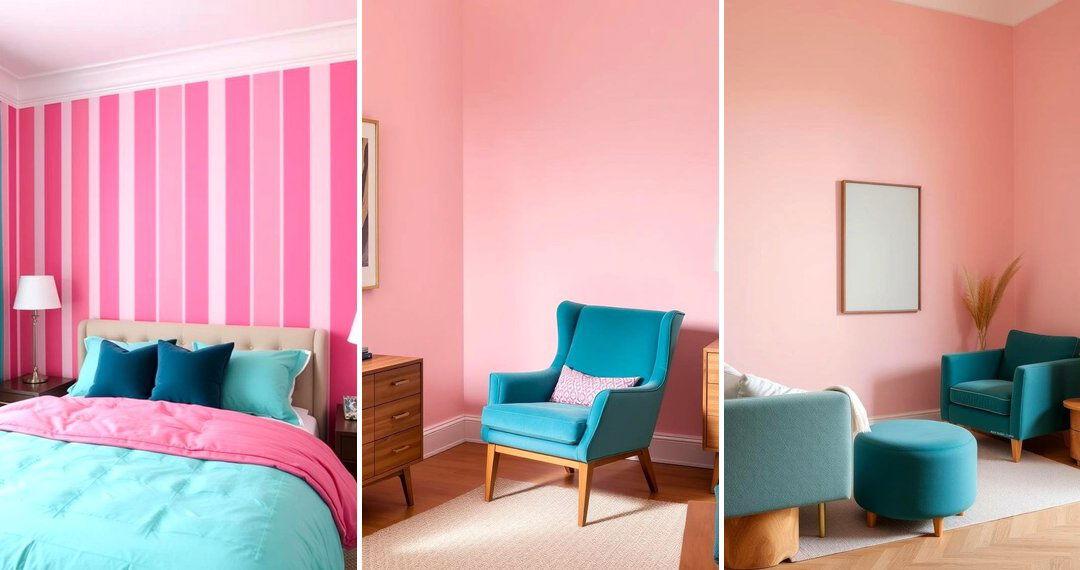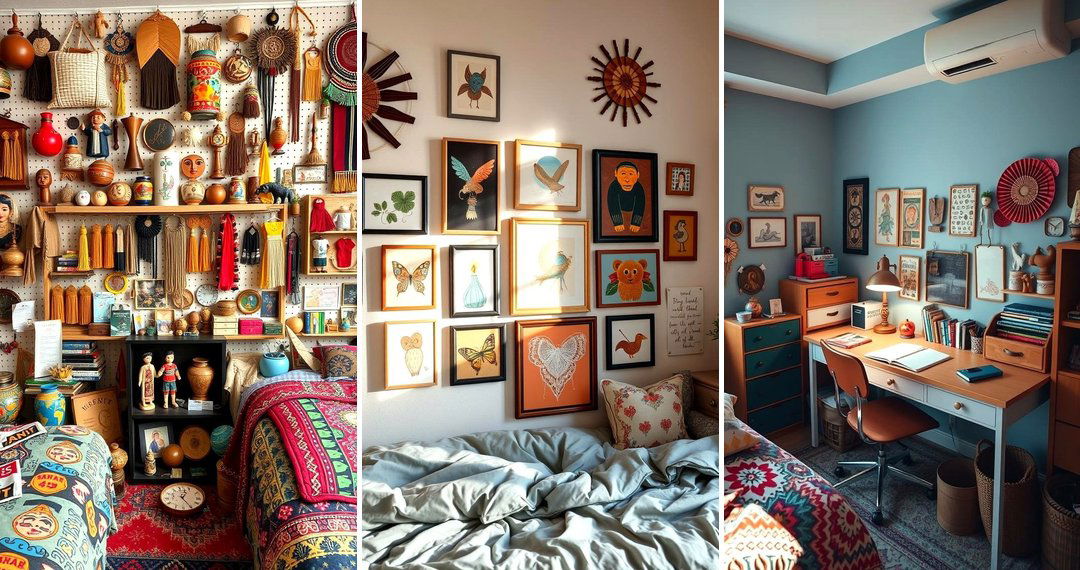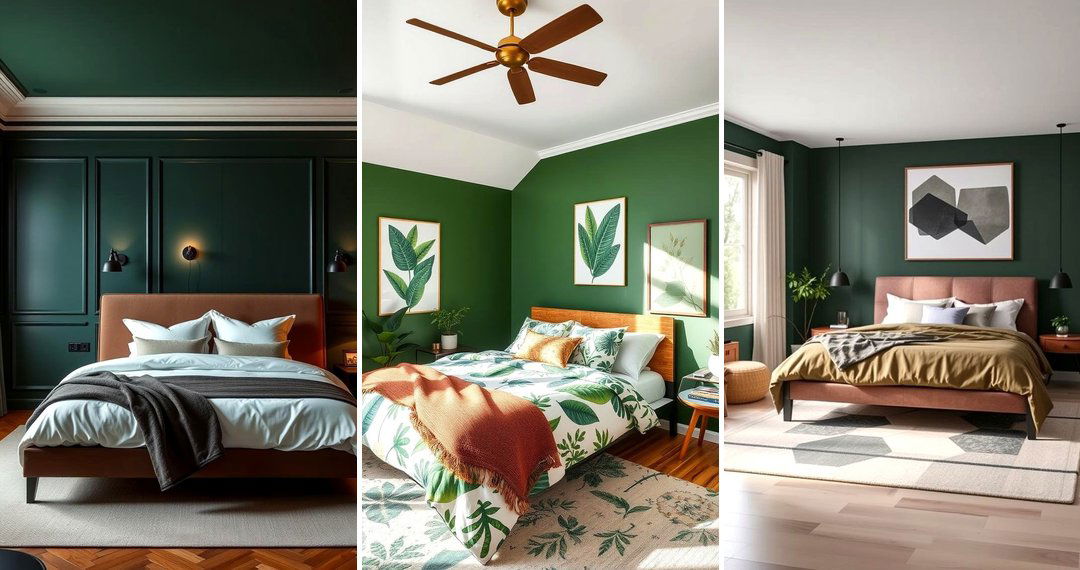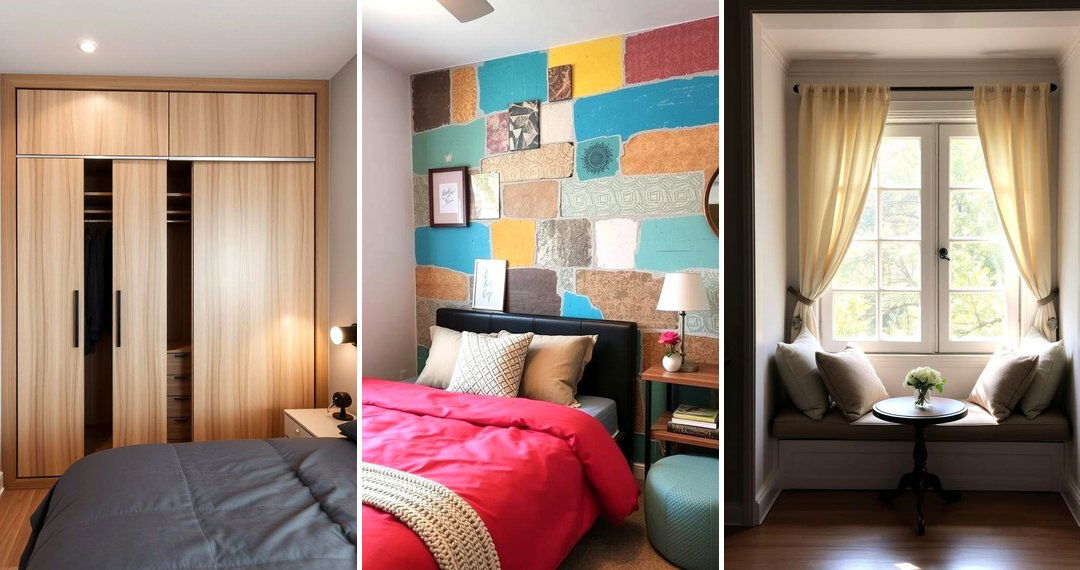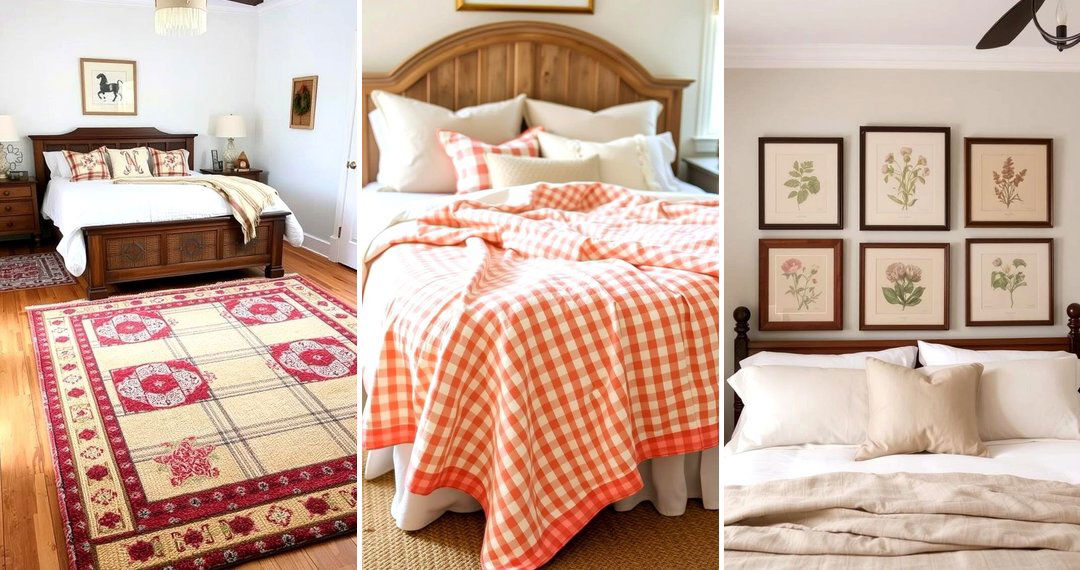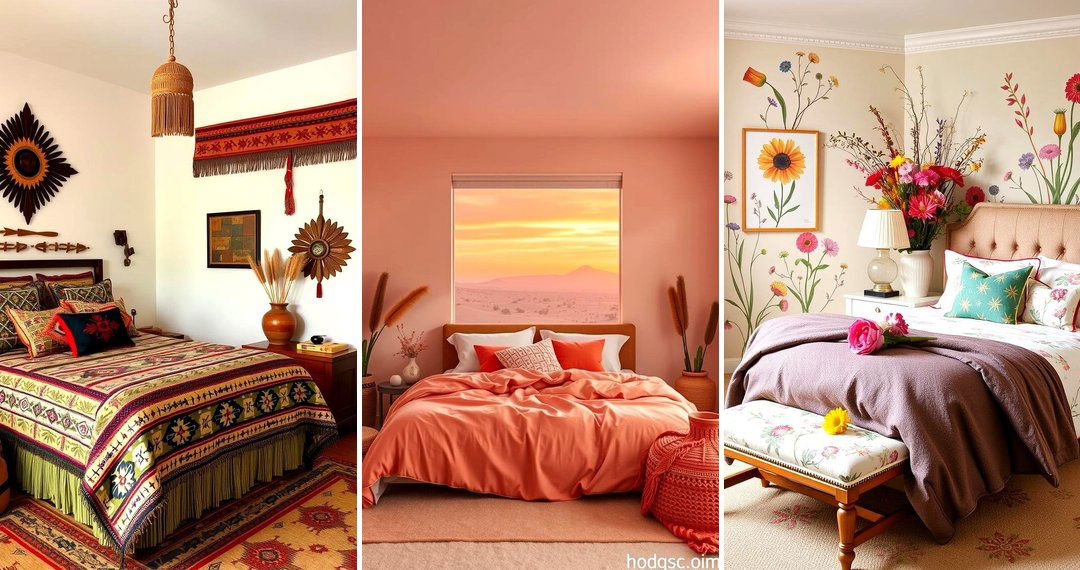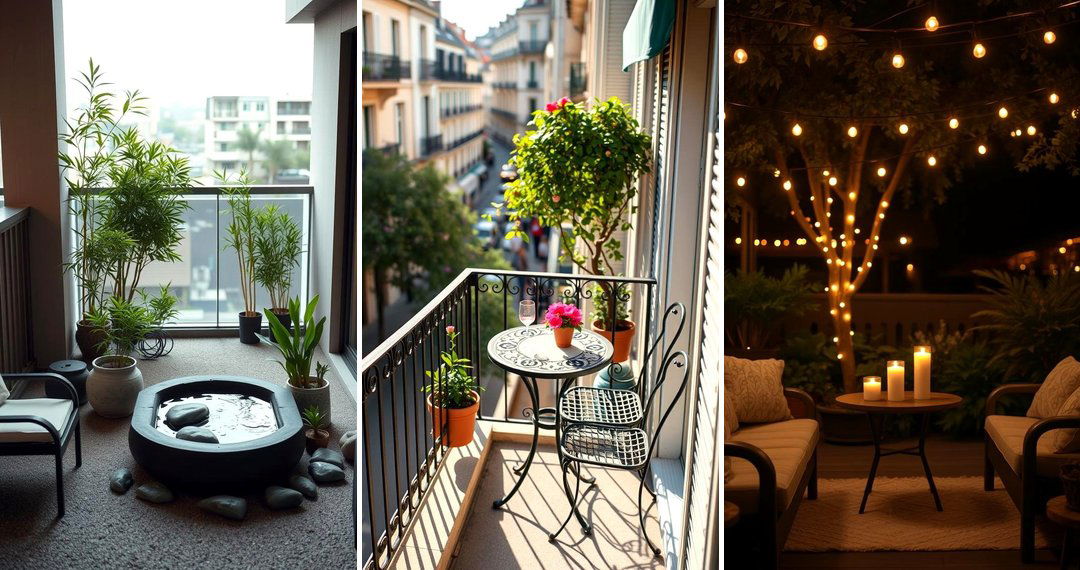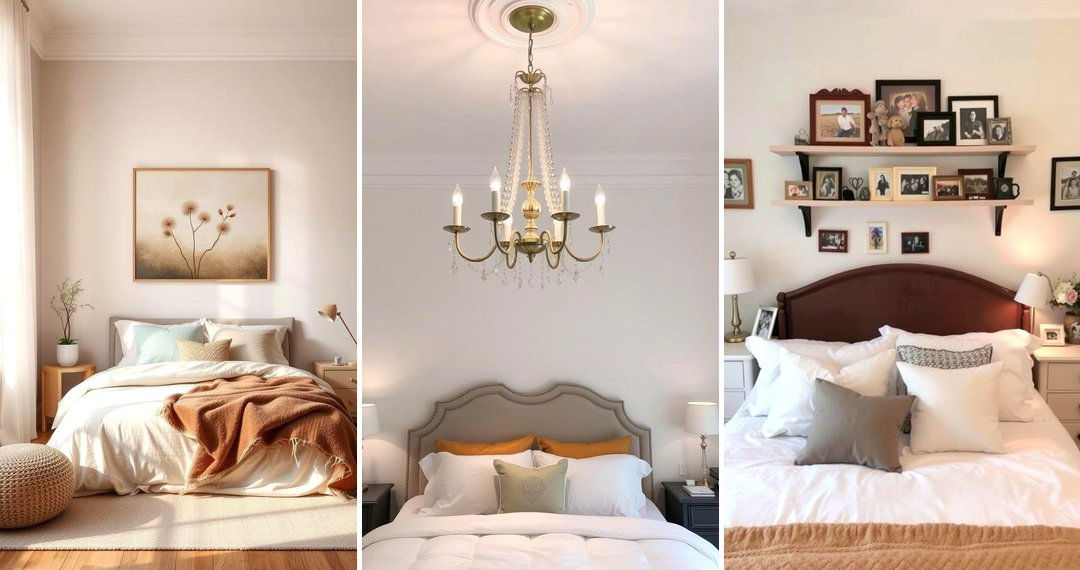Seeking tranquility at the end of a long day often leads us to the bedroom, a personal sanctuary where rest and rejuvenation take center stage. Crafting a space that truly promotes relaxation involves more than just a comfortable bed; it's about creating an atmosphere that soothes the senses and calms the mind. From the subtle interplay of colors and textures to the thoughtful arrangement of furniture and the introduction of calming elements, numerous strategies can transform your bedroom into a haven of peace. Let's explore some inspiring and practical ways to cultivate your very own relaxing retreat with these 24 relaxing bedroom ideas.

1. Embrace a Neutral Color Palette
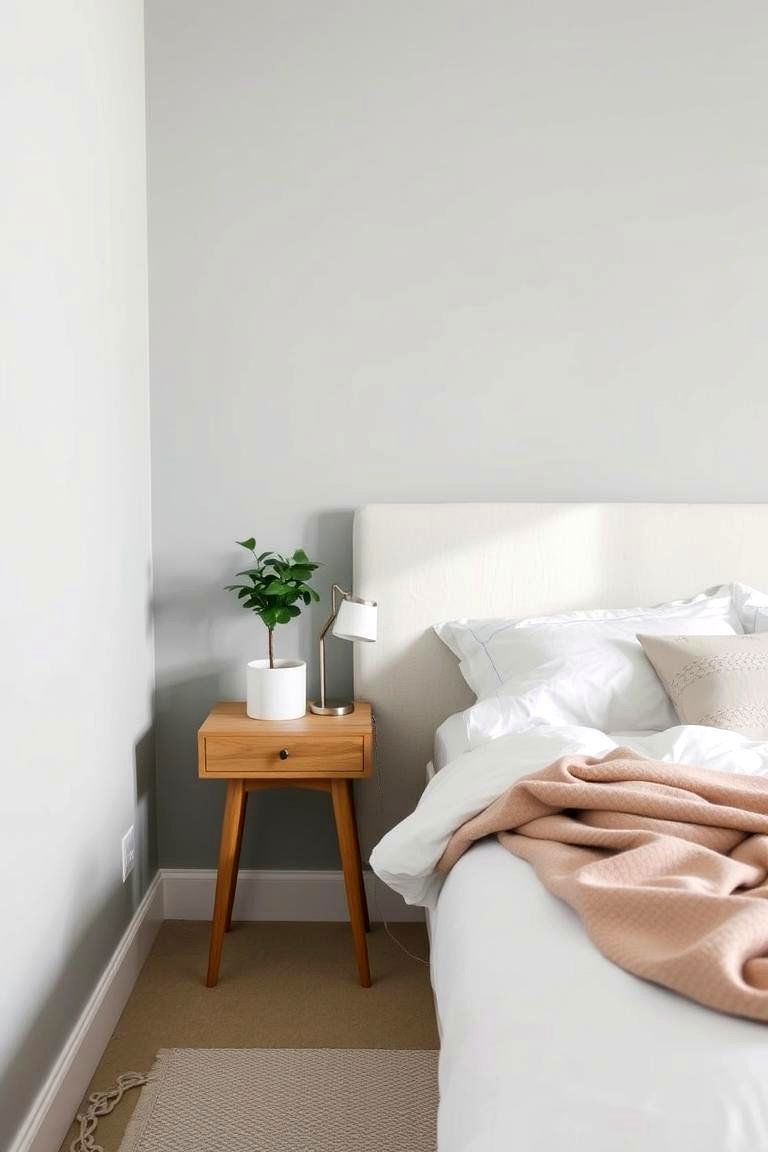
The foundation of a relaxing bedroom often lies in its color scheme. Consider soft, neutral tones like gentle grays, serene blues, or warm beiges. These colors are known for their calming effects, creating a sense of spaciousness and tranquility. By opting for a muted palette, you establish a serene backdrop that allows other elements in the room to contribute to the overall relaxing ambiance. This approach helps to minimize visual clutter and promotes a sense of peace, essential for a restful night's sleep.
2. Introduce Soft and Layered Lighting

Lighting plays a crucial role in setting the mood of any room, and the bedroom is no exception. Think beyond a single overhead light and incorporate multiple sources of soft, layered illumination. Table lamps on nightstands, a floor lamp in a corner, or even subtle string lights can create a warm and inviting atmosphere. Dimmer switches offer the flexibility to adjust the intensity of light, allowing you to tailor the ambiance to your specific needs and preferences, ultimately fostering a more relaxing environment.
3. Incorporate Natural Elements
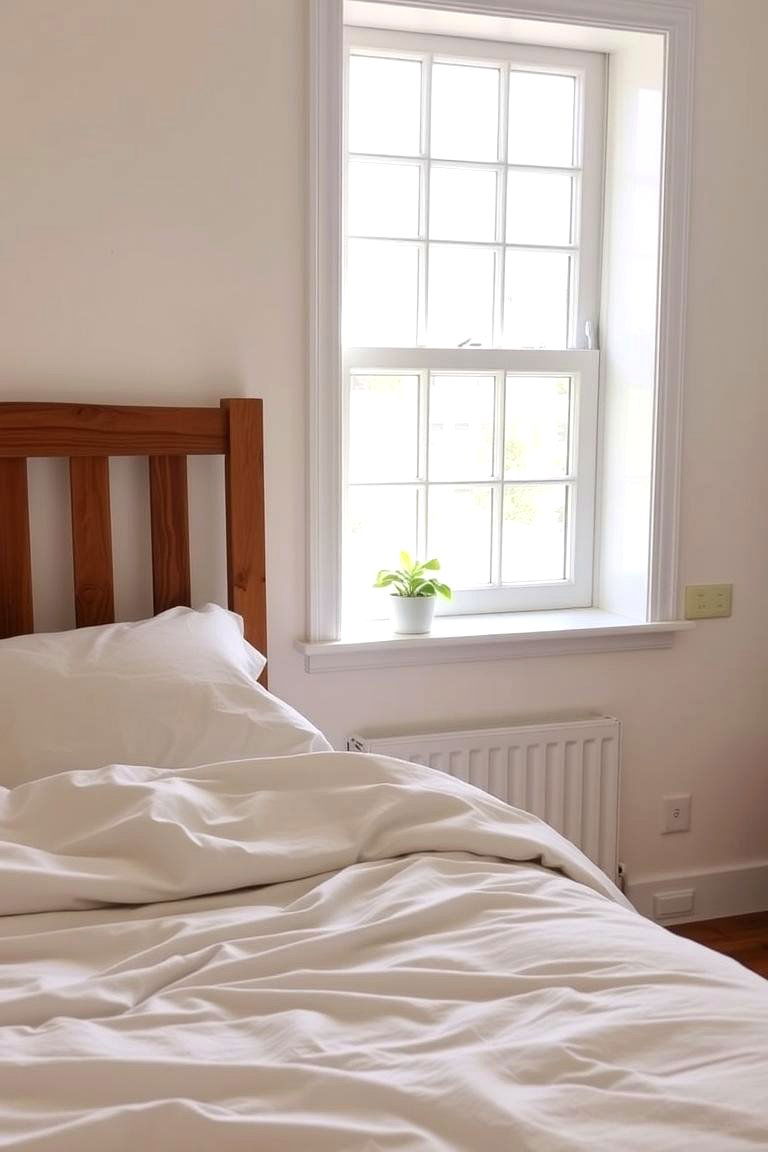
Bringing elements of nature into your bedroom can significantly enhance its relaxing qualities. Consider incorporating natural materials like wood, cotton, linen, and wool in your furniture, bedding, and decor. Additionally, introducing indoor plants not only adds a touch of greenery but also helps to purify the air, contributing to a healthier and more calming environment. The subtle textures and organic shapes of natural elements can create a sense of groundedness and peace.
4. Optimize for Comfortable Bedding

Your bed is the centerpiece of your bedroom, so investing in comfortable bedding is paramount for creating a relaxing space. Choose soft, breathable fabrics like cotton, linen, or bamboo for your sheets, duvet cover, and pillowcases. Layering with a cozy throw blanket and decorative pillows can add both visual appeal and extra comfort. The feeling of sinking into plush and inviting bedding can instantly promote relaxation and improve your sleep quality.
5. Declutter and Minimize Distractions
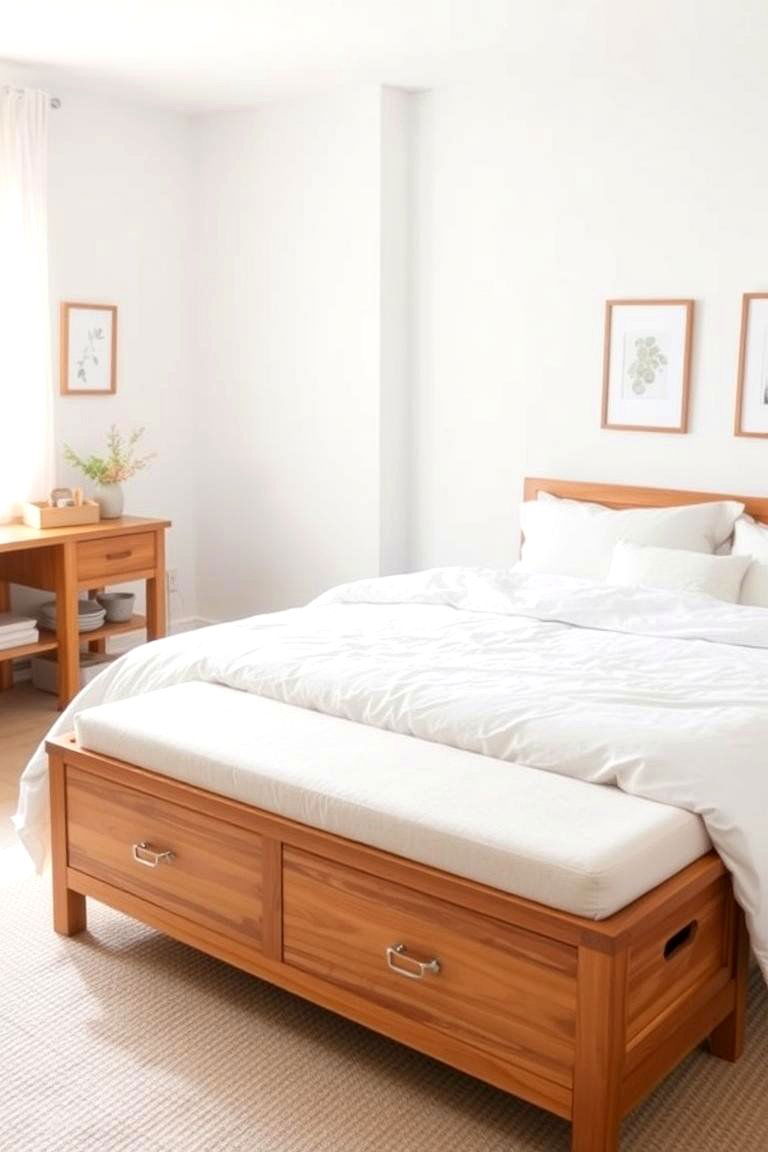
A cluttered bedroom can lead to a cluttered mind, making it difficult to relax. Take the time to declutter your space, removing any unnecessary items that might create visual noise. Consider incorporating smart storage solutions like under-bed drawers, stylish baskets, or wall-mounted shelves to keep belongings organized and out of sight. A clean and organized environment promotes a sense of calm and allows you to focus on rest.
6. Create a Cozy Reading Nook
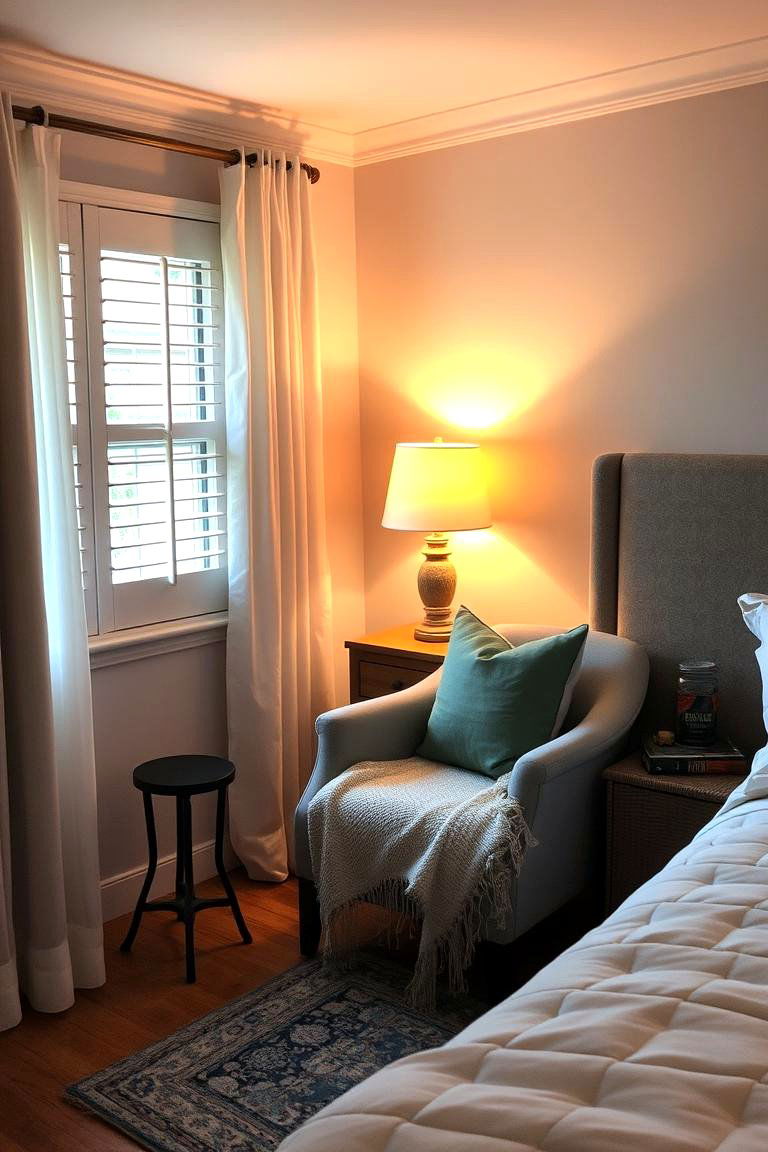
For those who enjoy reading before bed, establishing a cozy reading nook can be a wonderful addition to a relaxing bedroom. Find a comfortable armchair or create a floor cushion setup in a quiet corner. Add a soft throw, a small side table for your book and a warm lamp to create an inviting space where you can unwind and escape into a good read before drifting off to sleep.
7. Incorporate Sound-Dampening Solutions
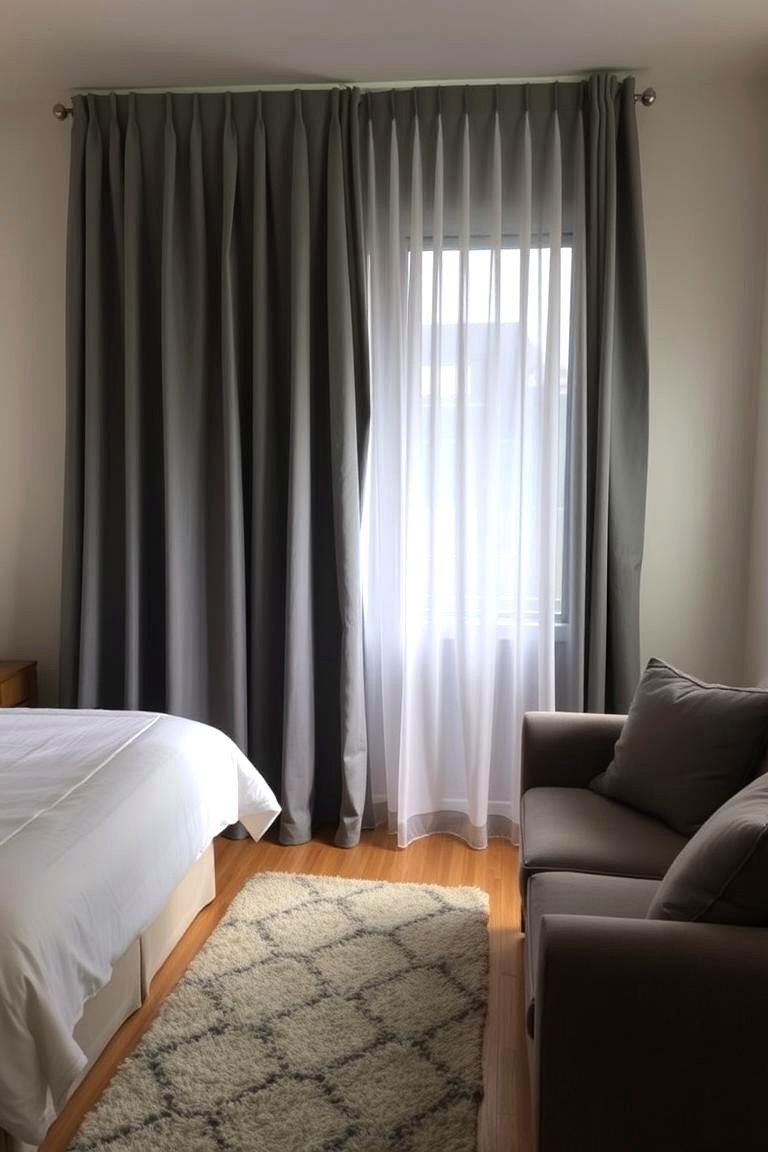
External noises can significantly disrupt sleep and relaxation. Consider incorporating sound-dampening solutions into your bedroom design. Thick curtains or blinds can help to block out outside light and noise. Rugs and upholstered furniture can also absorb sound within the room, creating a quieter and more peaceful atmosphere conducive to rest.
8. Introduce Calming Scents
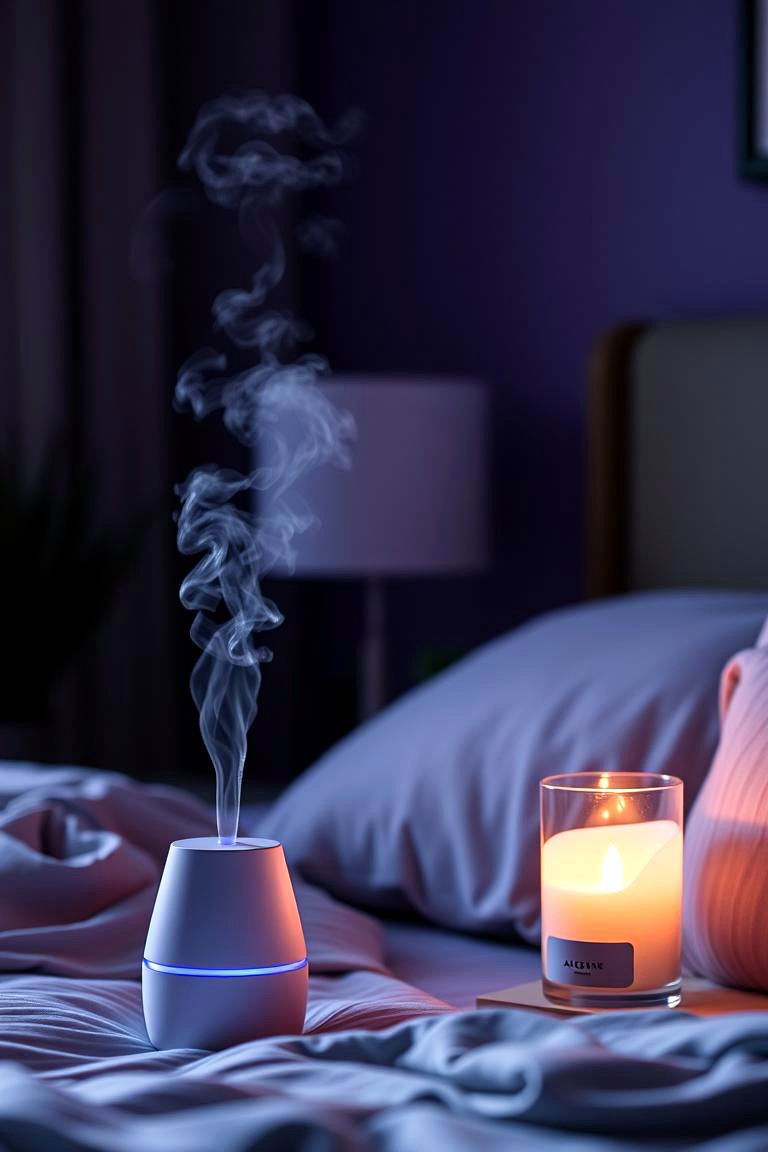
Our sense of smell has a powerful impact on our mood. Introduce calming scents into your bedroom through the use of essential oil diffusers, scented candles (ensure they are safely used), or natural potpourri. Lavender, chamomile, and sandalwood are known for their relaxing properties and can help to create a soothing and tranquil ambiance in your sleep space.
9. Personalize with Meaningful Decor
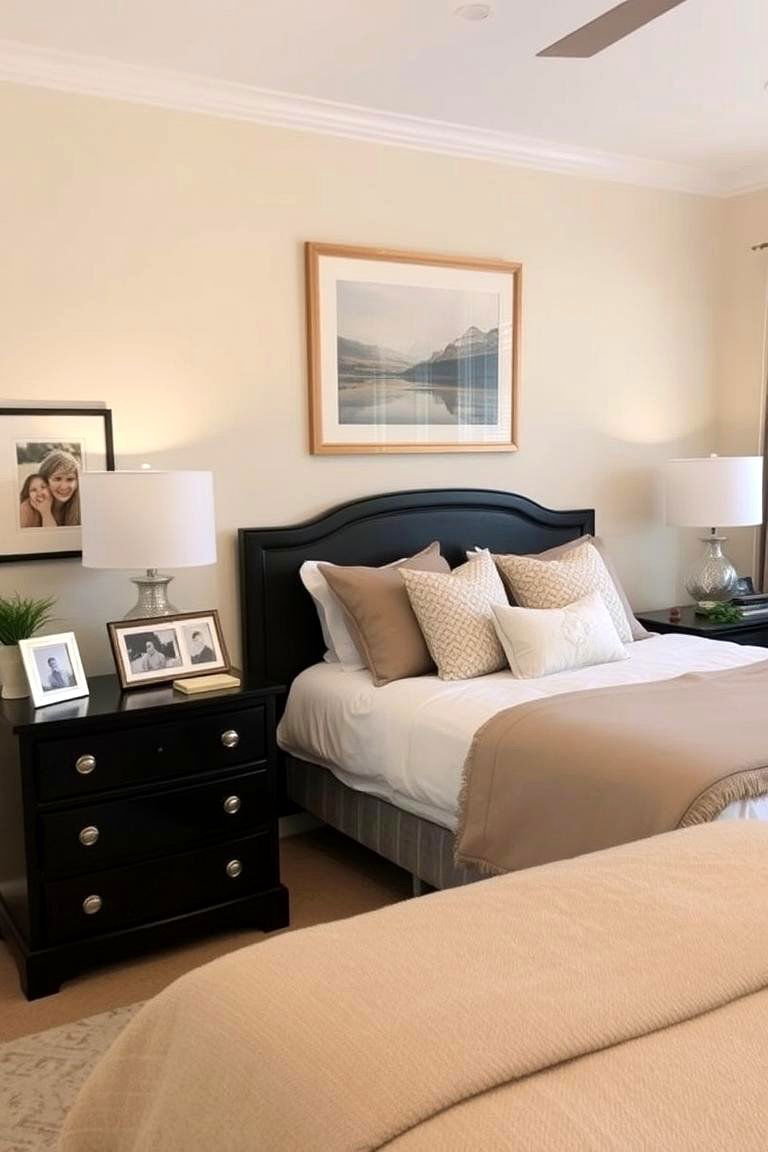
While minimizing clutter is important, personalizing your bedroom with a few carefully chosen decor items can make the space feel more comforting and relaxing. Display artwork that you find soothing, photographs that evoke happy memories, or objects that hold sentimental value. These personal touches can create a sense of connection and make your bedroom feel like a true sanctuary.
10. Establish a Tech-Free Zone
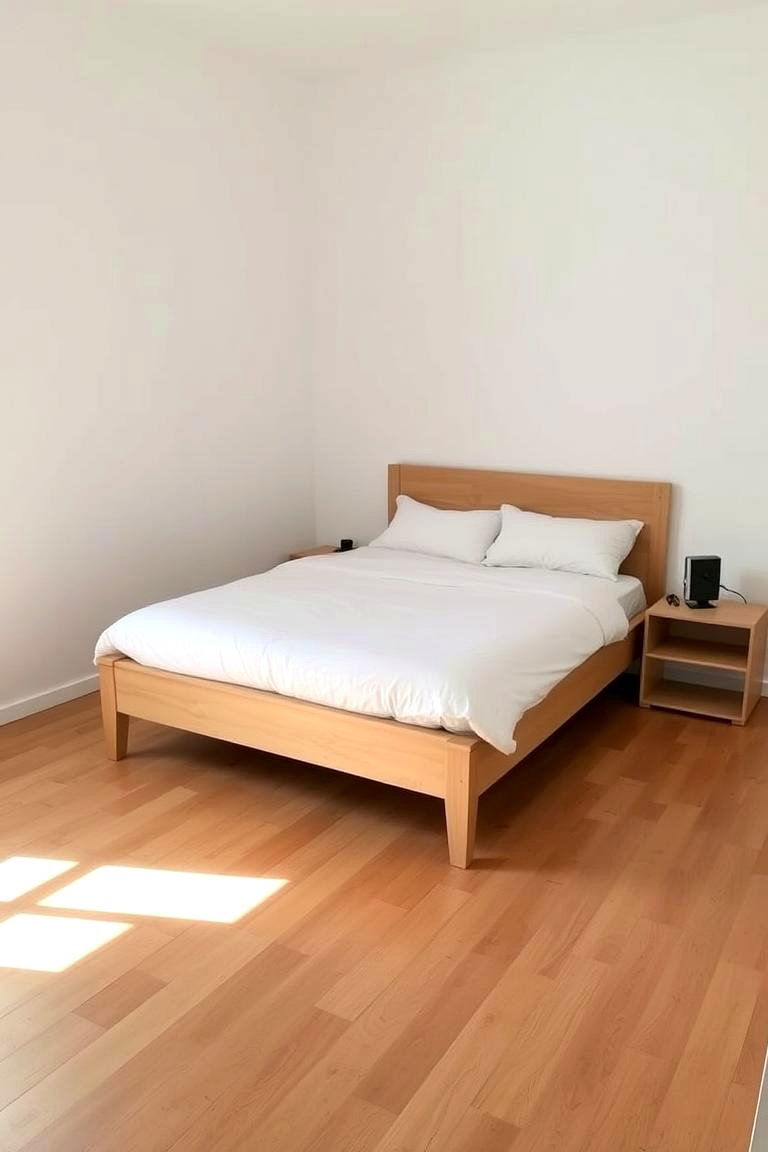
The blue light emitted from electronic devices like smartphones and tablets can interfere with your sleep cycle. Consider making your bedroom a tech-free zone by removing televisions and avoiding the use of electronic devices in bed. If you use your phone as an alarm, try to keep it out of reach so you're not tempted to check it before sleep or immediately upon waking.
11. Hang Blackout Curtains or Blinds

For optimal sleep quality, darkness is essential. Invest in high-quality blackout curtains or blinds that can effectively block out external light. This is particularly beneficial if you live in an area with bright streetlights or if you need to sleep during daylight hours. Creating a dark and quiet environment signals to your body that it's time to rest.
12. Add a Comfortable Rug
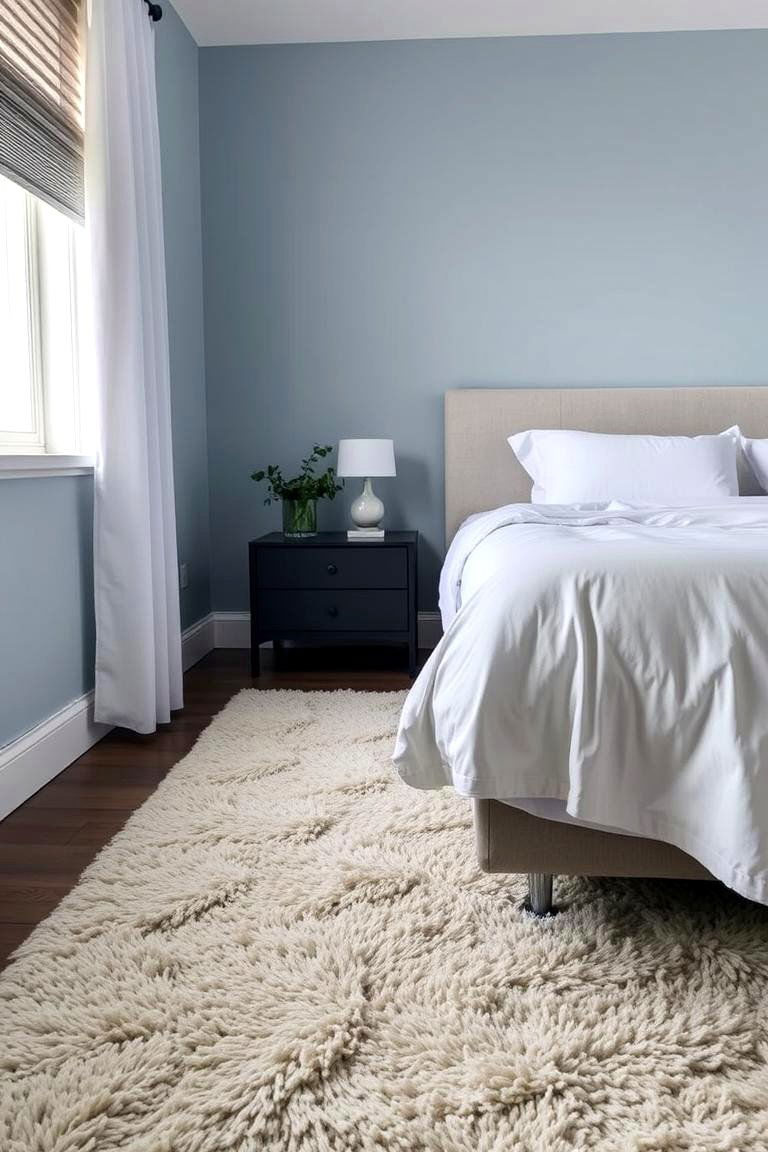
Stepping onto a cold floor first thing in the morning can be jarring. Adding a soft and comfortable rug to your bedroom can not only enhance the aesthetic appeal but also provide a cozy feeling underfoot. Choose a rug with a texture and color that complements your overall design and adds a touch of warmth and luxury to the space.
13. Create a Morning Routine Station

While the focus is on relaxation, preparing for a smooth morning can also contribute to a sense of calm. Consider setting up a small station with essentials for your morning routine, such as a water carafe, your journal, or items for a gentle stretching routine. This can help you start your day feeling more grounded and less rushed.
14. Incorporate Mirrors Strategically
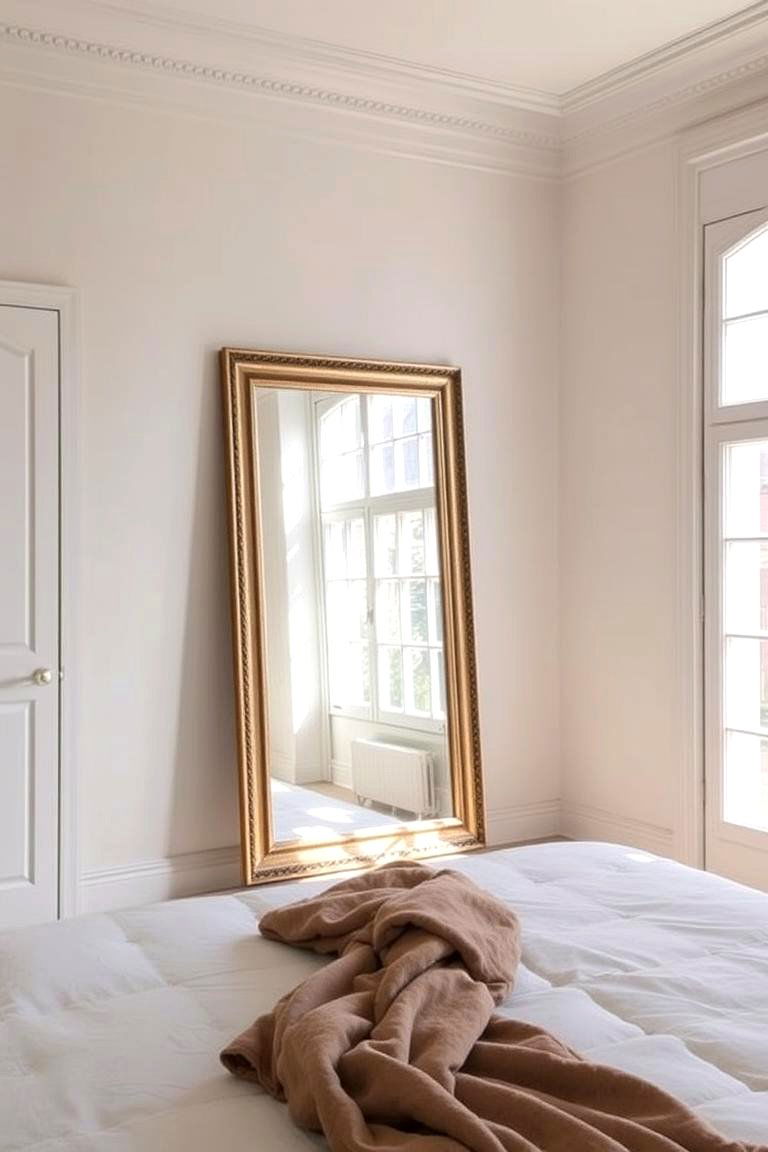
Mirrors can help to reflect light and make a room feel more spacious. Consider placing a mirror opposite a window to maximize natural light or on a wall to create the illusion of more space. However, avoid placing a mirror directly facing your bed, as some believe this can disrupt energy flow and sleep.
15. Choose Natural and Breathable Fabrics
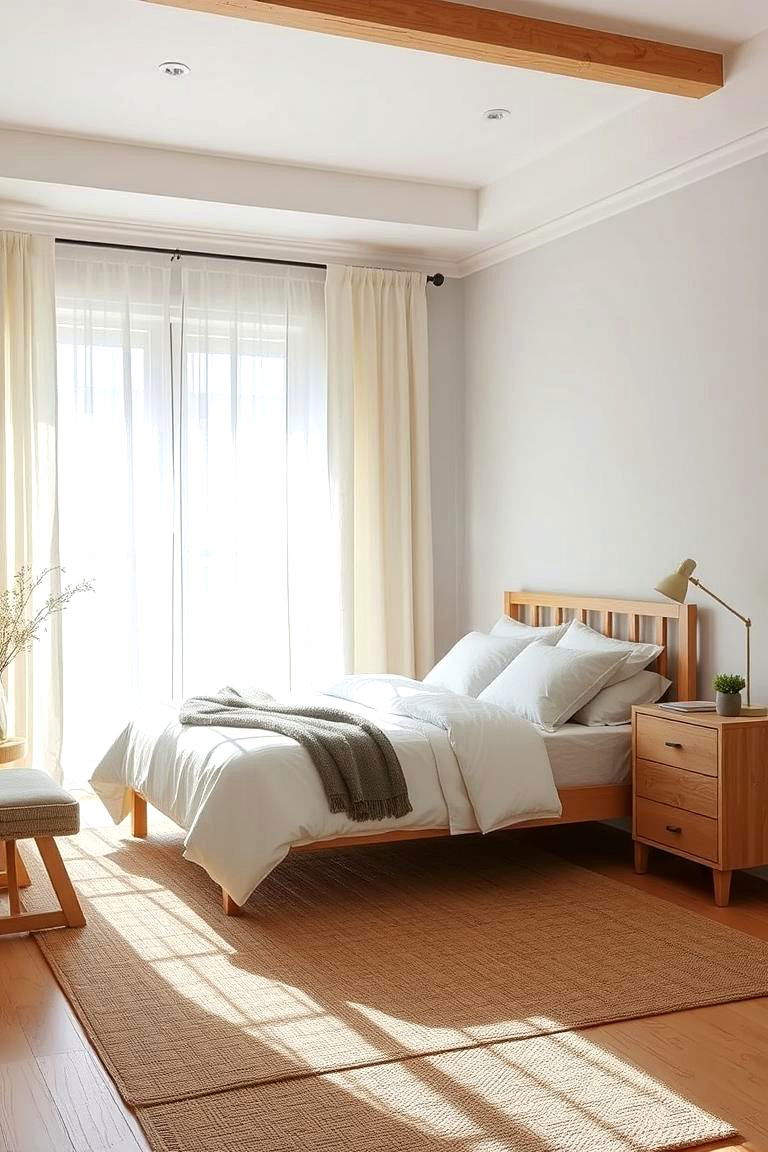
When selecting bedding, curtains, and upholstery, opt for natural and breathable fabrics like cotton, linen, and silk. These materials allow for better airflow, helping to regulate your body temperature and prevent overheating during the night. This can significantly contribute to a more comfortable and restful sleep experience.
16. Introduce a Water Feature (Carefully)
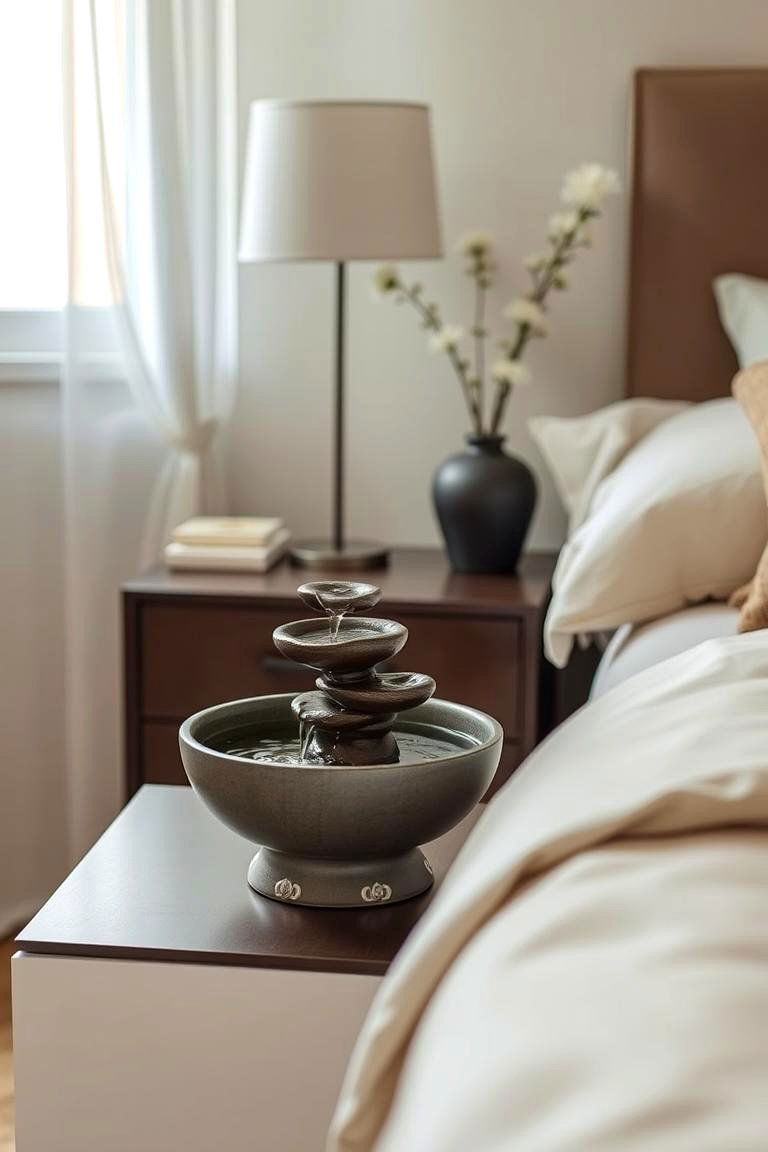
The gentle sound of flowing water can be incredibly soothing and can help to mask other distracting noises. If you enjoy this sound, consider adding a small tabletop water fountain to your bedroom. However, be mindful of potential humidity levels and ensure proper maintenance to avoid any negative effects.
17. Create a Visual Focal Point
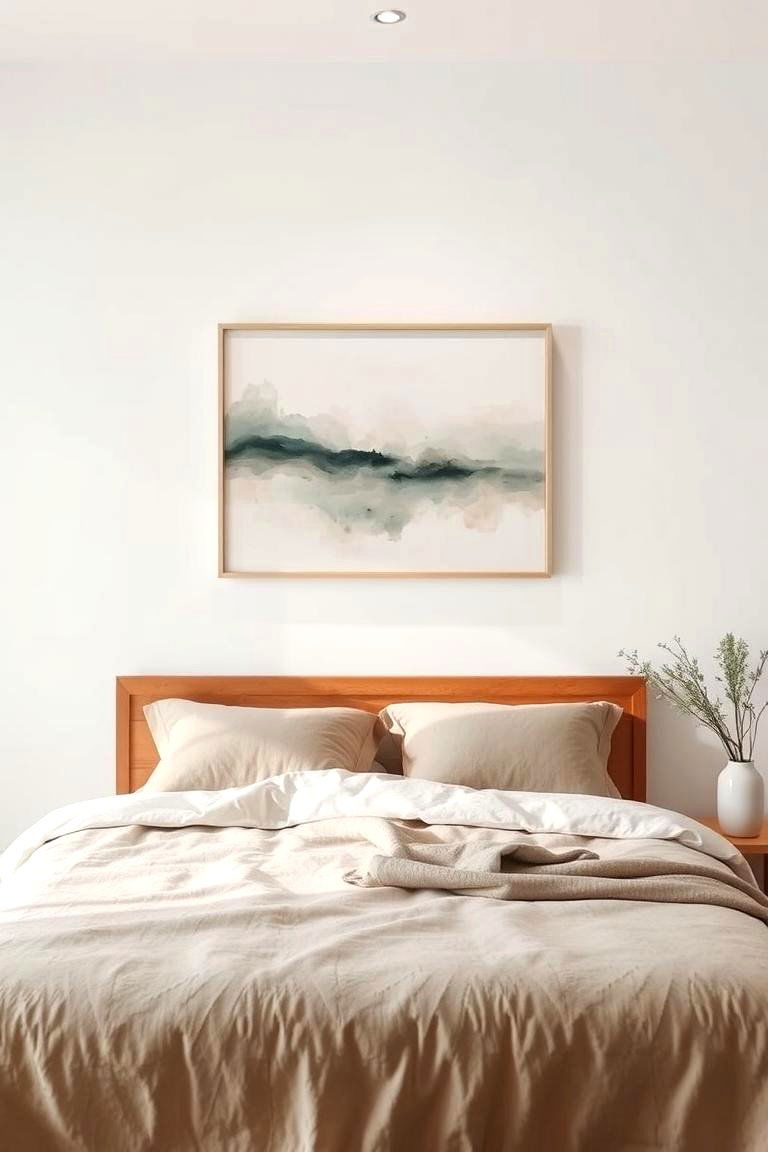
Having a calming visual focal point in your bedroom can help to direct your gaze and promote a sense of tranquility. This could be a piece of artwork, a beautiful headboard, or even a window with a pleasant view. A well-defined focal point can add visual interest without creating clutter.
18. Incorporate Aromatherapy Through Plants

Beyond their air-purifying qualities, some indoor plants also release subtle and calming scents. Lavender, jasmine, and chamomile are examples of plants that can contribute to a relaxing atmosphere in your bedroom. Consider adding a few of these fragrant plants to your space.
19. Designate a Worry-Free Zone
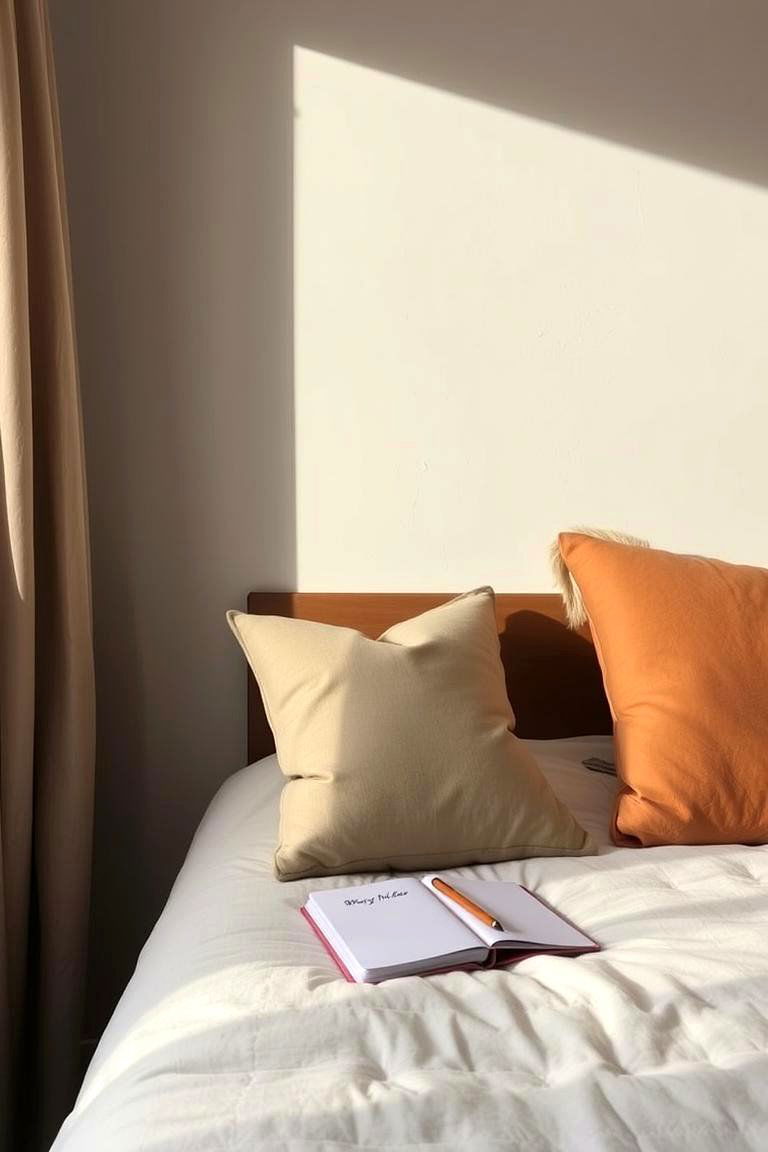
If you often find yourself worrying in bed, try designating a specific area in your bedroom as a "worry-free zone." This could be your reading nook or a particular corner. The idea is to mentally associate your bed solely with sleep and relaxation, and to address any concerns in the designated zone before getting into bed.
20. Keep Electronics Out of Sight
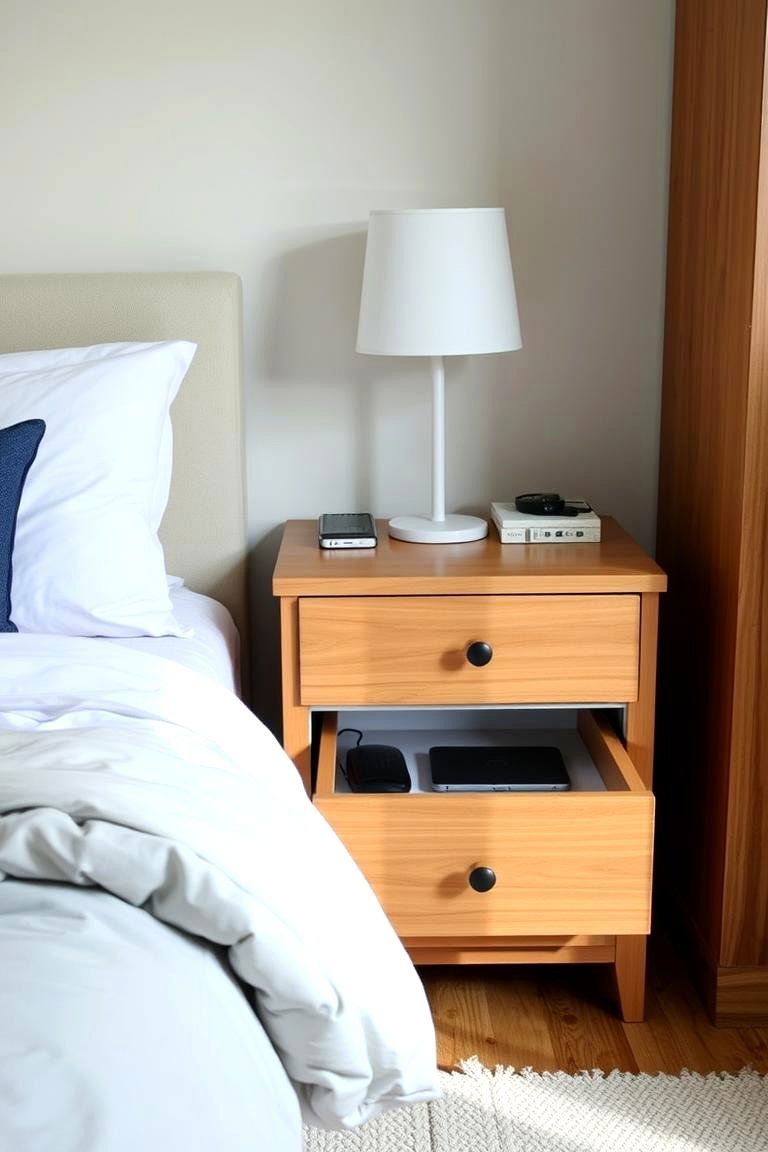
Even if you can't completely remove electronics from your bedroom, try to keep them out of sight when you're trying to relax or sleep. Store laptops and tablets in drawers or behind closed doors. This helps to minimize visual distractions and reduces the temptation to engage with them when you should be winding down.
21. Use Texture to Add Depth
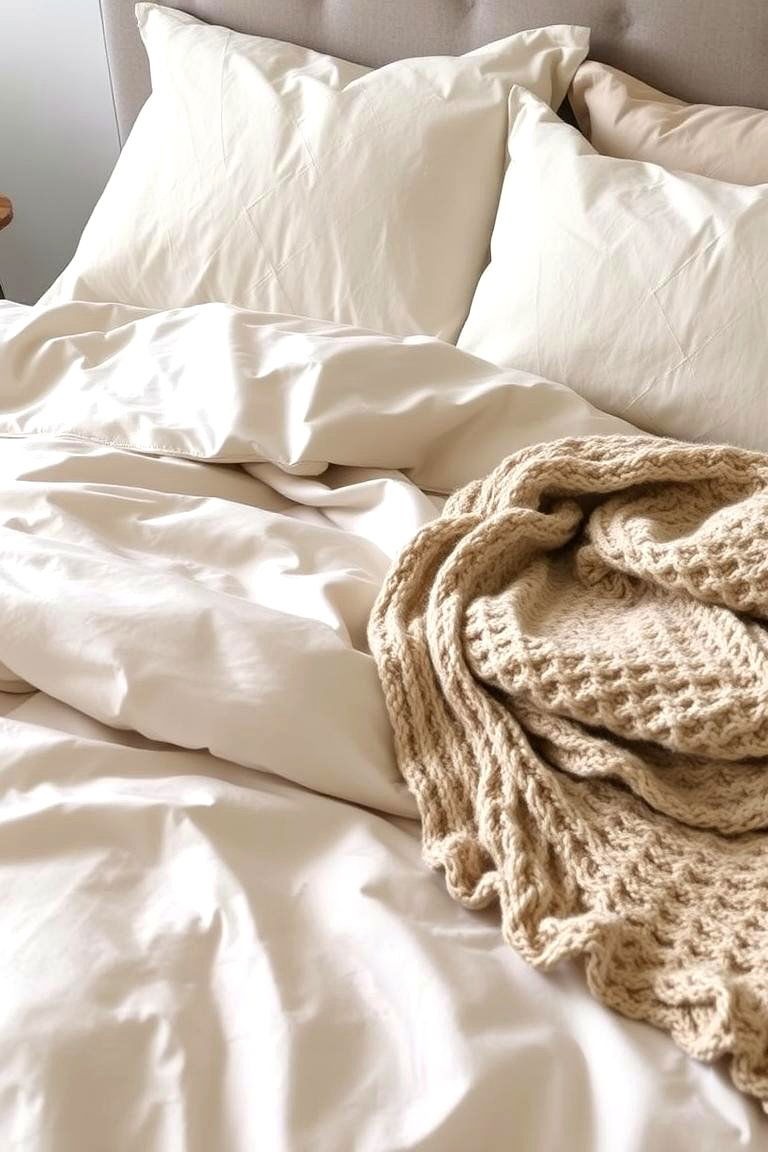
Introducing different textures into your bedroom can create a more inviting and cozy atmosphere. Combine smooth fabrics like silk with rougher textures like wool or linen. Layering different textures in your bedding, rugs, and throw pillows adds visual interest and tactile comfort, enhancing the overall relaxing feel of the space.
22. Optimize Air Quality
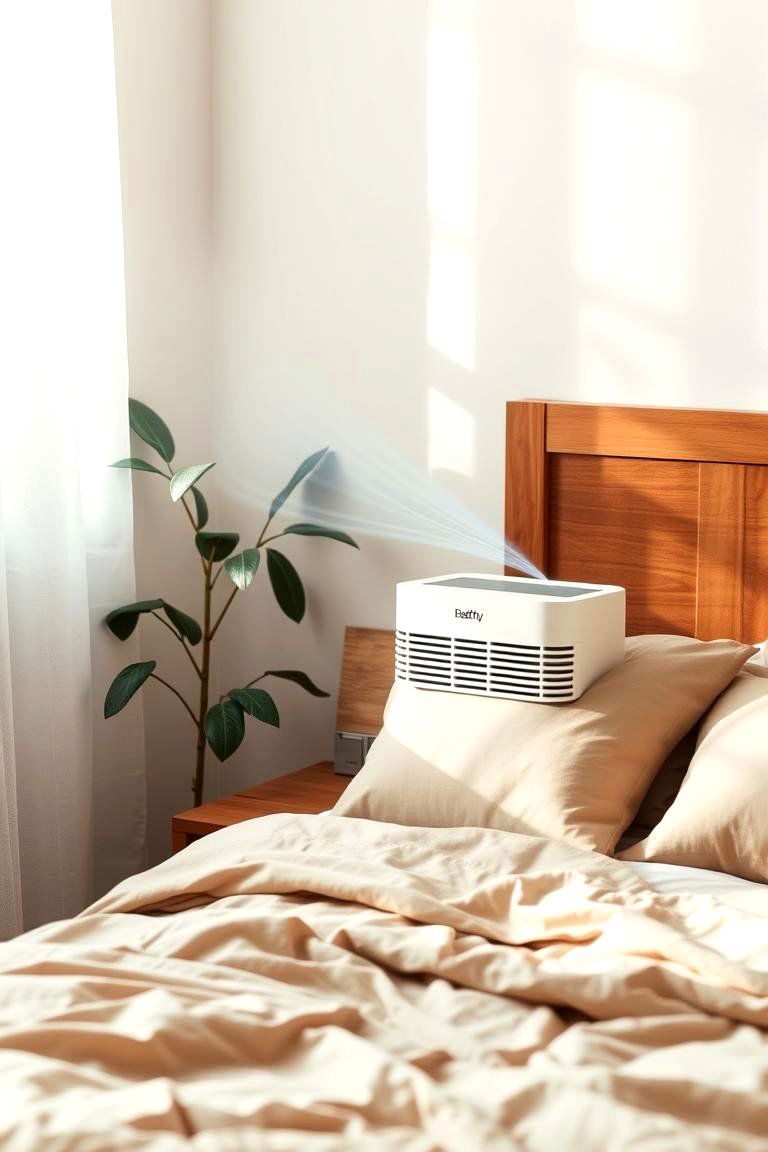
Good air quality is crucial for restful sleep. Consider using an air purifier to remove dust, allergens, and other pollutants from your bedroom air. Regularly opening windows for fresh air (when outdoor conditions allow) can also significantly improve air quality and contribute to a healthier and more relaxing sleep environment.
23. Choose a Supportive Mattress and Pillows
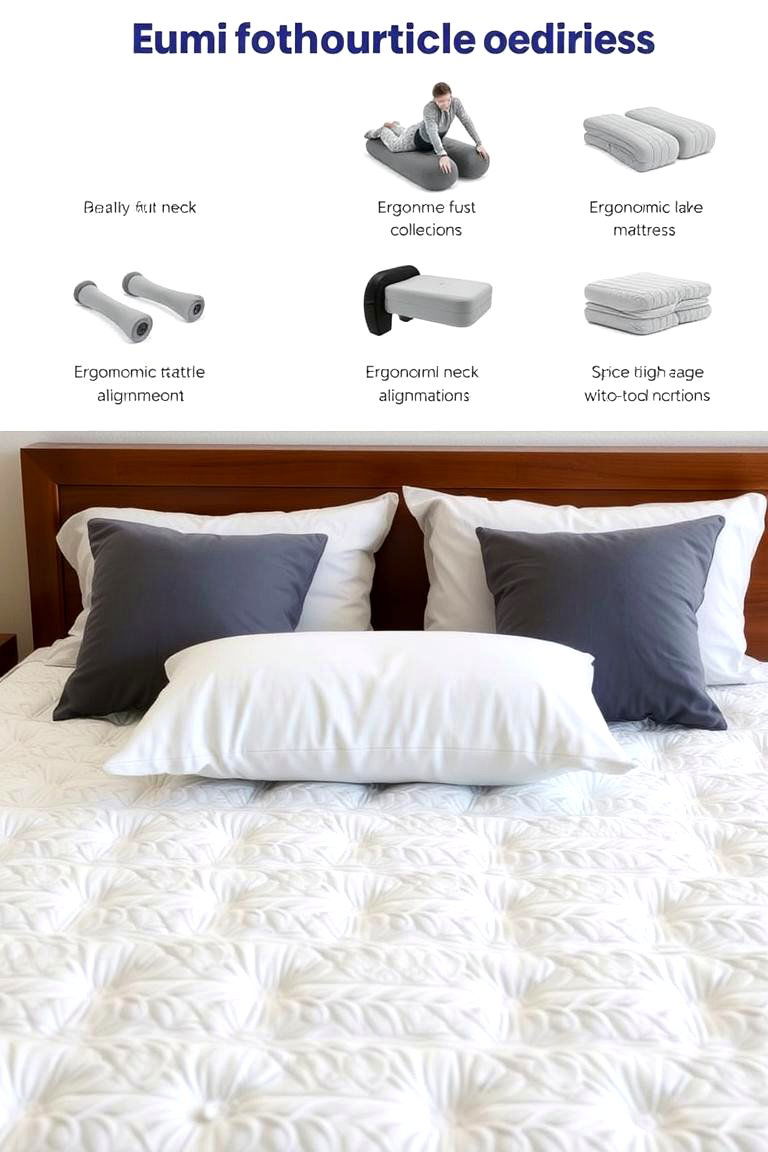
The foundation of a good night's sleep is a supportive mattress and comfortable pillows. Invest in a mattress that suits your sleeping style and provides adequate support for your body. Similarly, choose pillows that properly align your neck and spine. The right sleep surfaces can make a world of difference in your comfort and relaxation.
24. Establish a Consistent Bedtime Routine

Finally, creating a consistent bedtime routine can signal to your body that it's time to wind down and prepare for sleep. This could include activities like taking a warm bath, reading a book, listening to calming music, or practicing gentle stretching. A regular routine helps to regulate your body's natural sleep-wake cycle and promotes more restful sleep in your relaxing bedroom.
Conclusion:
Creating a truly relaxing bedroom is a deeply personal journey, one that involves thoughtfully curating elements that resonate with your individual needs and preferences. As we've explored through these 24 relaxing bedroom ideas, the key lies in fostering an environment that promotes tranquility, comfort, and peace. By focusing on aspects like color palettes, lighting, natural elements, and personal touches, you can transform your sleep space into a genuine sanctuary for rest and rejuvenation. Embracing even a few of these suggestions can significantly enhance your bedroom's ability to soothe the mind and body, ultimately leading to better sleep and an improved sense of well-being. So, take inspiration from these concepts and begin crafting your own haven of calm, ensuring your bedroom becomes the relaxing retreat you truly deserve.


